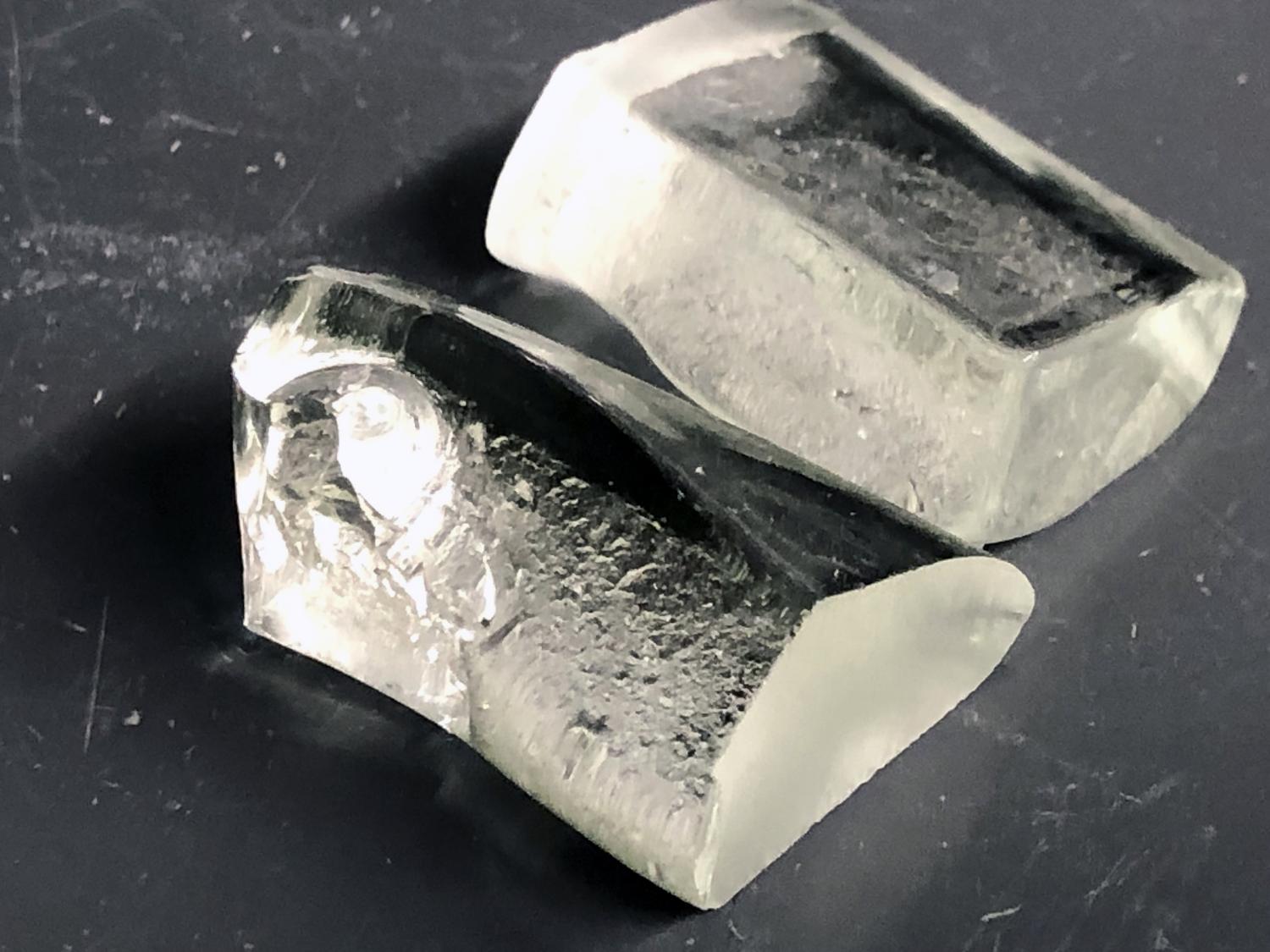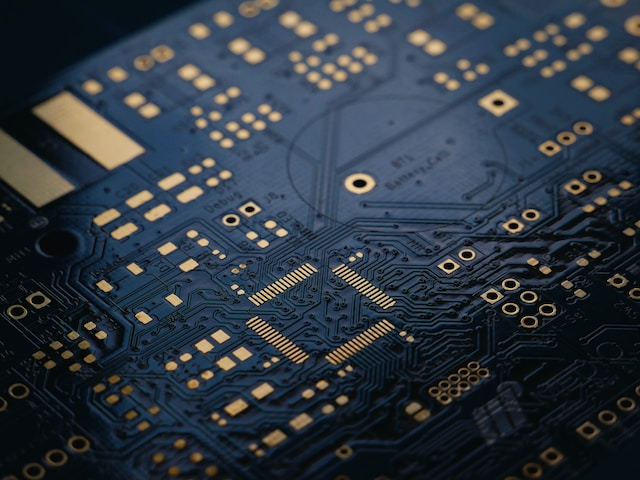Electrical engineer Scott Brusaw and his wife Julie are pursuing a new type of solar concept. Their long range goal is to replace all concrete and asphalt standard highways and byways throughout the US with electricity-producing solar panels that would self-clean roads, generate more electricity than the U.S. currently needs and improve driver safety while powering nearby communities and electric vehicles.
After eight years of experimentation and struggles, the couple and their company Solar Roadways revealed their first parking lot made of hexagonal panels. The prototype parking lot is at the couple’s electronics lab in Idaho. The parking lot is equivalent to a 3,600-watt solar array.
Each panel consists of three layers:
Road Surface Layer – This layer is translucent and is strong enough to withstand vehicular traffic. It provides the grip to the tires of vehicles. It is not only weatherproof but also passes sunlight through to the solar collector cells embedded within.
Electronics Layer– This layer contains a microprocessor board and would control the heating element, lighting, communications and monitoring to create an intelligent highway system.
Base Plate Layer– The electronics layer collects solar energy from the sun and the base layer distributes power and data signals to all homes and businesses connected to the Solar Roadway.
According to Scott Brusaw, to replace all the paved surfaces within the United States with solar road panels, about $34.5 trillion will be required and a single mile of solar road panels would be enough to power 428 homes. If all goes as per plans, the country’s entire transportation network would transform into one massive power plant.






